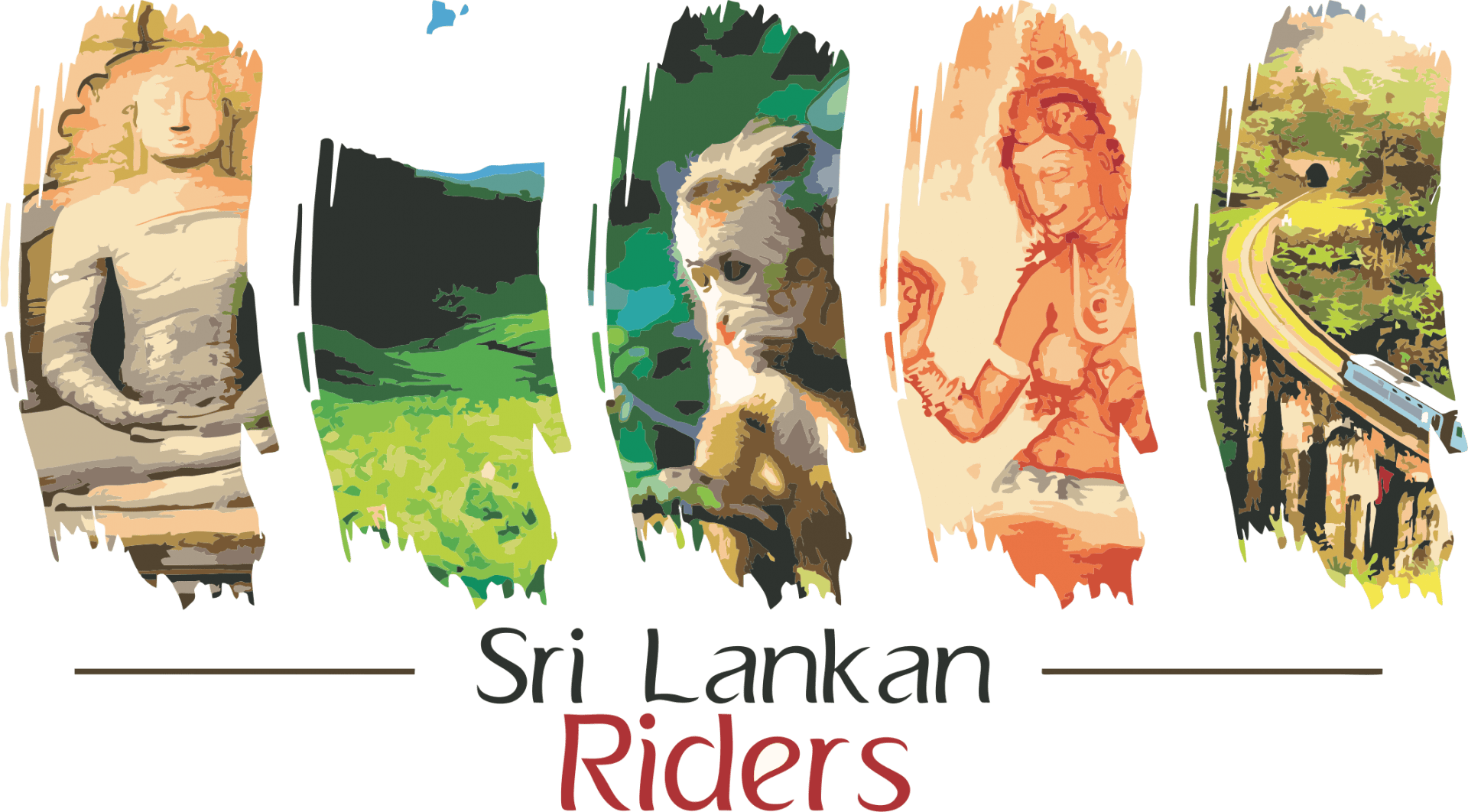Polonnaruwa
Polonnaruwa is an ancient city located in the North Central Province of Sri Lanka. It served as the capital of the country during the medieval period from the 11th to the 13th century AD. With its rich historical and archaeological significance, Polonnaruwa is now a UNESCO World Heritage Site and a popular tourist destination.
Polonnaruwa was established as a capital city by King Vijayabahu I in the 11th century AD. It flourished under the rule of various Sinhalese kings, most notably King Parakramabahu the Great. Then city was strategically located on the banks of the massive man-made reservoir called Parakrama Samudra, which provided irrigation and facilitated agriculture in the region.
The city is renowned for its well-preserved ruins, including magnificent palaces, temples, monasteries, and other structures. The Royal Palace complex, with its audience hall and royal bath, showcases the grandeur and architectural brilliance of the era. The Gal Vihara, a rock temple, houses four statues of the Buddha, carved out of a single granite rock, displaying remarkable craftsmanship.
Another prominent structure in Polonnaruwa is the Rankoth Vehera, a large stupa that stands at a height of 55 meters, making it one of the tallest stupas in Sri Lanka.
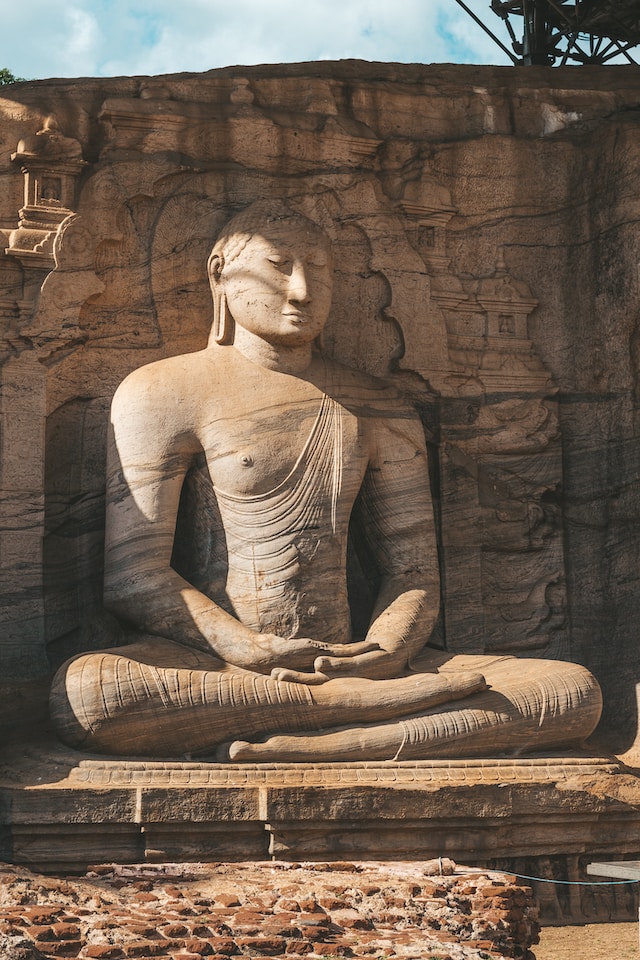
The Lankatilaka Temple, built during the reign of King Parakramabahu, features intricate stone carvings and a colossal statue of the Buddha.
Polonnaruwa also boasts the Thivanka Image House, known for its stunning wall paintings depicting scenes from the Jataka tales. So, the Archaeological Museum provides visitors with a comprehensive understanding of the city’s history and showcases a collection of artifacts discovered in the area.
The city’s ancient irrigation system is an engineering marvel. The vast network of canals, tanks, and reservoirs, including the iconic Parakrama Samudra, testifies to the advanced hydraulic technology of the time. These irrigation structures supported a prosperous agricultural economy and contributed to the city’s overall prosperity.
Today, Polonnaruwa attracts both local and international tourists who come to marvel at its architectural wonders and learn about Sri Lanka’s rich cultural heritage.
The well-preserved ruins offer a glimpse into the glorious past of the country. And the serene surroundings create a peaceful atmosphere that adds to the charm of the site.
In conclusion, Polonnaruwa stands as a testament to Sri Lanka’s ancient civilization. Its historical significance, architectural marvels, and advanced irrigation system make it a captivating destination for those interested in exploring the country’s cultural heritage. With its UNESCO World Heritage status, Polonnaruwa continues to draw visitors from around the world, offering a fascinating journey back in time.
Royal Palace
The Royal Palace in Polonnaruwa was the residence of ancient Sri Lankan kings. Its ruins reveal a complex of structures, including the Audience Hall and King’s Council Chamber. In addition the Royal Bathing Pool, providing a glimpse into the grandeur and architecture of the past.
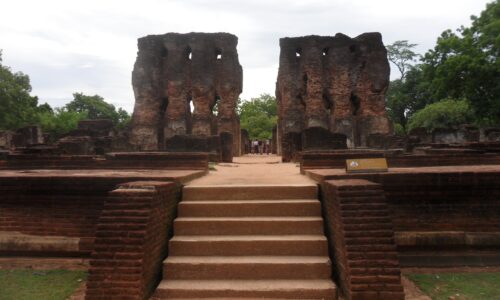
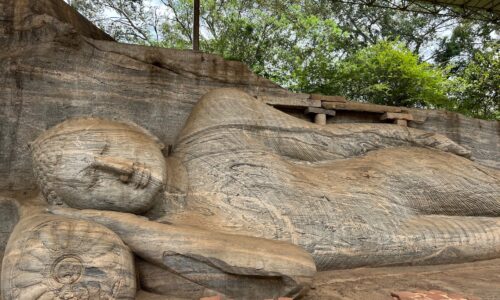
Gal Vihara
Gal Vihara, located in Polonnaruwa, showcases four stunning Buddha statues carved from a single granite rock. These include a standing Buddha and a seated Buddha.And also two beautifully crafted reclining Buddhas, making it a remarkable site of religious and artistic significance.
then u can see gal vihara. In front of vatadage
Polonnaruwa Vatadage
Polonnaruwa Vatadage is a circular relic house in Polonnaruwa, Sri Lanka. It was built to house sacred relics and is considered a masterpiece of ancient Sinhalese architecture. Adorned with intricate stone carvings, it stands as a testament to the rich cultural and religious heritage of the region.
So, u can join with our team. and also use our cars. then travel with us.
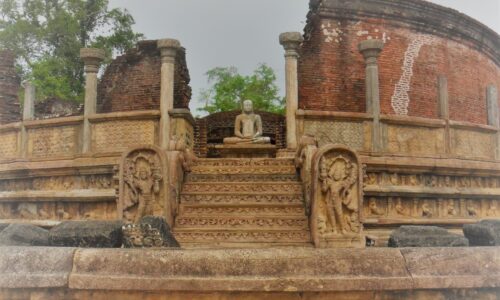
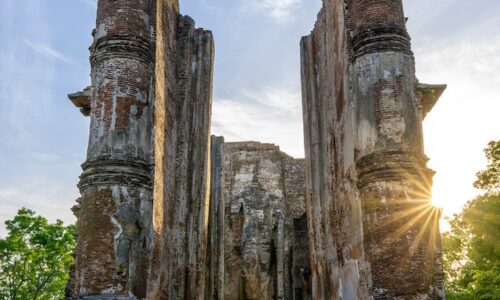
Lankatilaka Temple
Lankatilaka Temple is a magnificent Buddhist temple located in Polonnaruwa. It showcases impressive architecture and intricate stone carvings. The temple renowned for its towering brick walls and beautiful entrance. And also the colossal standing statue of Lord Buddha, making it a must-visit site for history and art enthusiasts.
Then Lankatilaka Temple is also magnificent Buddhist temple located in Polonnaruwa.
Parakrama Samudra
Parakrama Samudra is a historic reservoir in Polonnaruwa. Constructed by King Parakramabahu I, it covers a vast area and surrounded by scenic landscapes. Then, reservoir served as a crucial water source and irrigation system, demonstrating the impressive engineering skills of the ancient Sri Lankan civilization.
then Nissanka Latha Mandapaya is also an intricately carved open pavilion too.in addition u can saw it
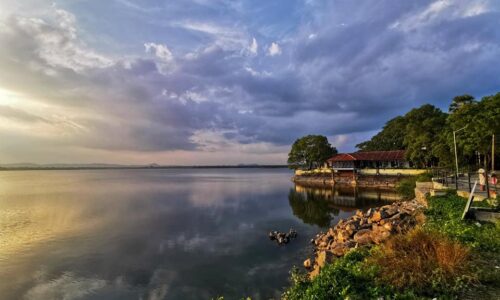
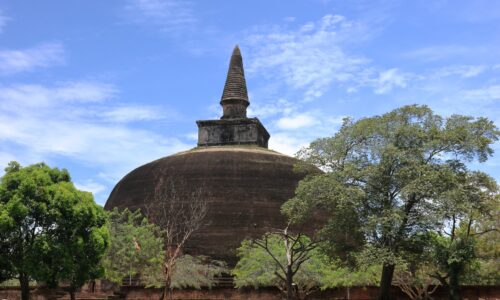
Rankot Vihara
Rankot Vihara is the largest stupa in Polonnaruwa. Standing at a height of approximately 55 meters, it is an impressive architectural marvel. The stupa offers panoramic views of the surrounding area and represents the rich Buddhist heritage of the region. It is a significant religious site for locals and tourists alike.
so you can see also unesco sites.
Nissanka Latha Mandapaya
Nissanka Latha Mandapaya is a unique structure in Polonnaruwa. It Built by King Nissanka Malla. It is an open pavilion adorned with intricately carved stone pillars featuring lotus and dragon motifs. The mandapaya served as a gathering place for religious ceremonies and is a captivating architectural gem in the city
also
.
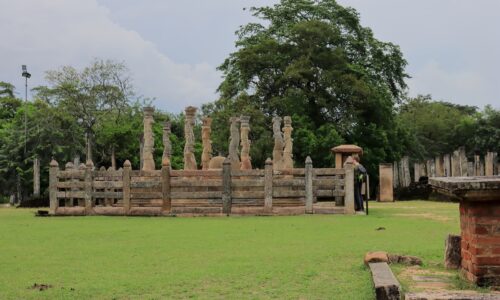
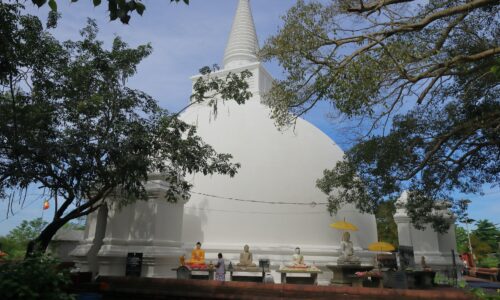
Somawathiya
Somawathiya is a sacred Buddhist temple in Polonnaruwa. It is home to a revered stupa containing a strand of Lord Buddha’s hair.
In front of
The temple holds great religious significance and draws pilgrims. In addition visitors seeking blessings and a serene atmosphere amidst the natural beauty of the surroundings.
then visit us. In addition, join with us.
Remember to wear comfortable footwear and carry water as you explore the vast archaeological site. It’s also advisable to hire a local guide who can provide you with detailed information about the historical significance of each site.
